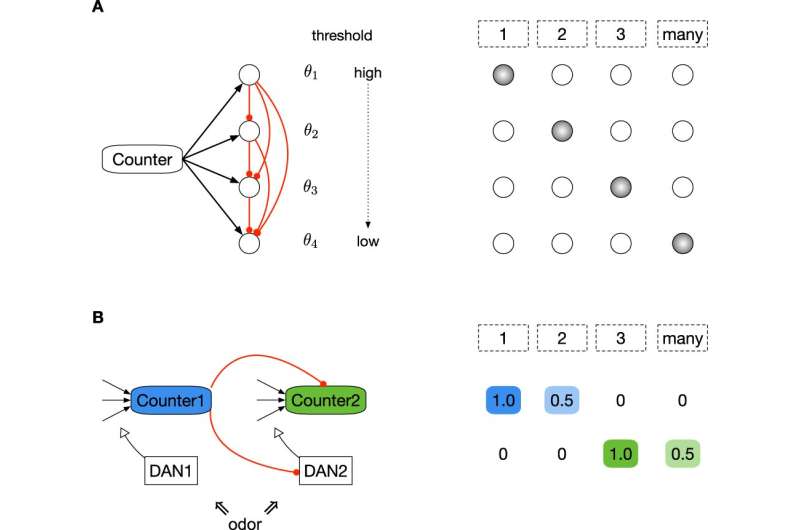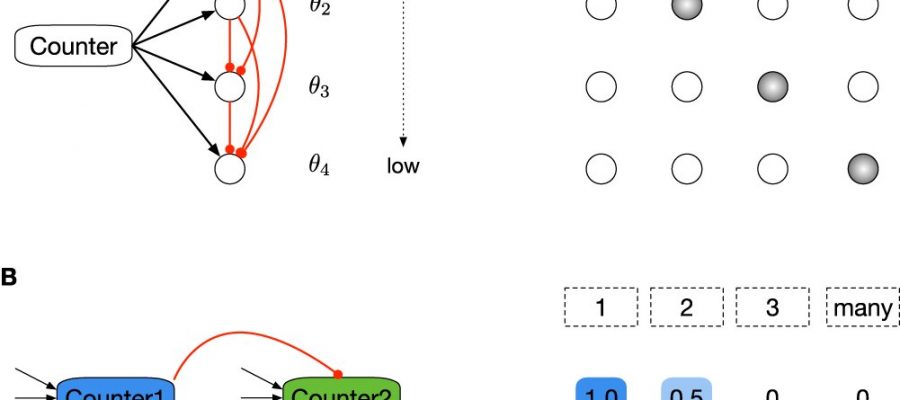
Imagine sitting in your house when you hear a knock on your front door. You peer through the window and see a stranger outside. Almost immediately, your brain knows you’ve never encountered this person before. Maybe you feel scared and pretend you’re not home.
Now instead of a stranger, imagine a close friend or family member is outside. Almost as soon as you see them, your brain knows you’ve encountered this person many times in the past.
Your brain continually counts your experiences with a specific sight or smell. Even if you don’t remember all the details, this count influences how you initially respond to the situation—whether you avoid it or embrace it. Evolutionarily, this split-second response could mean the difference between life and death.
Scientists aren’t exactly sure how this process works in our brain. But now researcher Saket Navlakha at Cold Spring Harbor Laboratory (CSHL) has created a new computational model based on fruit fly brain data that may bring us closer to the answer.
“We’ve been studying the fruit fly brain for a while,” Navlakha says. “It has about a hundred thousand neurons, and many of the connections are known at the level of individual neurons and synapses. They give us a lens to understand how the brain works.”
In a paper published in Nature Communications, Navlakha and his team reviewed data from a 2017 study that imaged fruit fly brains as they were exposed to new and familiar odors.
Navlakha hypothesized that the insects could distinguish between four categories: something they were smelling for the first time, second time, third time, and something they had encountered many times before.
He created what he calls a “1-2-3-many” count sketch. Count sketches are used in computer science to provide a quick, approximate tally. For example, YouTube uses a count sketch to track how many times a video has been watched. Navlakha suspected living organisms might do the same thing. He says, “We took inspiration from a classic computer science method to solve this problem. A variant of this method was actually used by fruit flies to solve the same problem for tracking the number of times they experienced different odors.”
Source: Read Full Article
